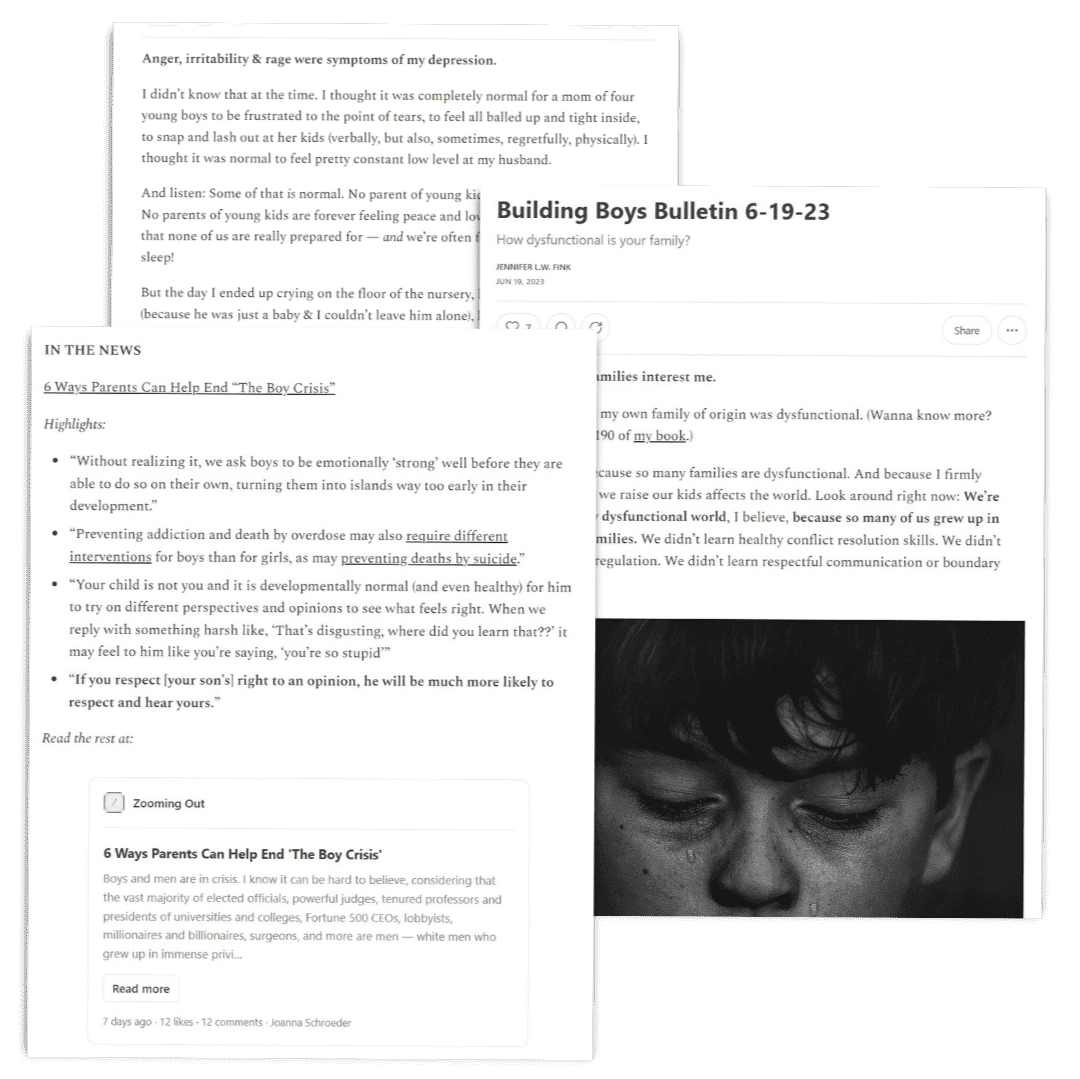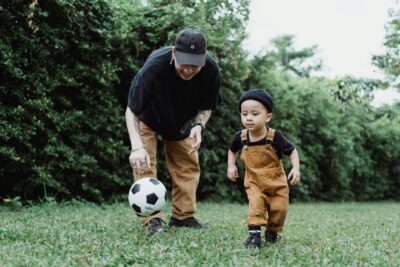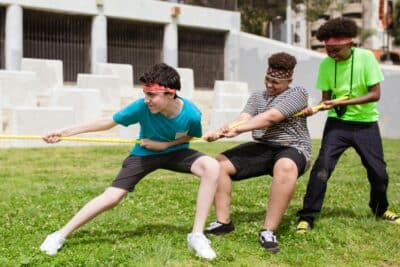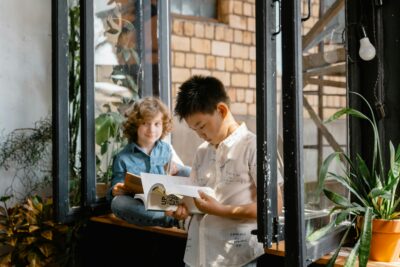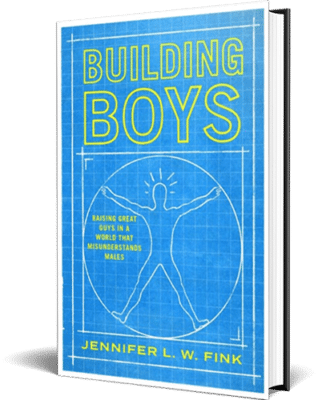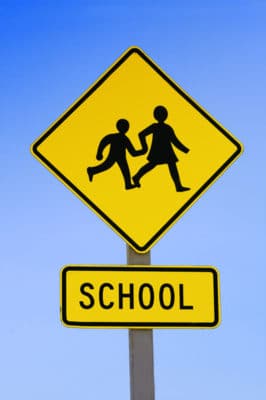
If school choice is fluid — and no one educational choice is “the best” — how exactly do you go about finding the best school for your son?
That’s really the million dollar question, isn’t it?
There is no one-size-fits-all answer to the education question. And what works for your son today (homeschooling, public school, etc.) may not work next year. So how do you decide which educational option is the best choice for your son?
Author Peg Tyre, perhaps best known for her book The Trouble With Boys, provides parents with some basic guidelines to use when evaluating educational options. In her book, The Good School, Tyre says that parents should look at the relationship between teacher and students, the general intellectual environment (does it include plenty of words? everyday references to mathematical concepts?) and school playgrounds.
In an interview with TIME magazine,Tyre advises parents to avoid schools without playgronds. She says, “kids need downtime — a break from the rigor” and recommends twenty minutes of recess a day, “at least.”
Tyre also says that test scores have been over-emphasized in the past. (The TIME magazine article says, “Standardized tests only measure about a third of the curriculum that should be being taught in the school, which means if the school is only teaching the test material, your child is missing out on a lot.”)
Instead of focusing on a school’s standardized test scores, look at what’s really going on in the classroom. Are the students connecting with the teacher? Excited about learning? Involved in their education? If so, odds are good that there’s a lot of learning happening in the classroom.
Tyre also suggest looking past labels. A private school may not be better than a public school, and a charter school is not necessarily better (or worse) than any other school.
Bottom line:
- Know your son. Is your son a hands-on learner? Does he require lots of quiet time to absorb a concept, or does he do best in an active setting? Knowing your son’s likes, dislikes and learning style can help you select an academic environment that fits his needs.
- Let go of your preconceived notions. You might have grown up believing that private school is the way to go, but that doesn’t mean that the private school in your neighborhood will be the best fit for your son or your family. Open your mind and expand your options.
- Insist on activity. Boys (and girls) absolutely, positively must move around during the day. They also need time for free play.
- Words matter. One of the biggest determinants of academic success is the size of a child’s vocabularly on entrance to kindergarten. So don’t be afraid to use big words at home — and don’t shy away from schools or teacher who introduce complex subjects to small kids (in an age-appropriate manner, of course).
- Relationships matter! Tyre’s #1 tip (in the TIME article) is that the relationship between teacher and student is prime, especially in preschool. You know what that means? If you’re considering homeschooling your child, but hesitate because you feel unqualified, consider taking the leap. In the early years, the relationship between teacher and student is paramount — and what could be closer than the relationship between parent and child? (If, however, homeschooling is putting a strain on your relationship, it might be time to investigate other educational alternatives.)
- Think about your needs. For a lot of years, I neglected my needs in favor of what I considered best for my boys. I’m learning to see, though, that a stressed-out, stretched-to-the-limit homeschooling mom may not be in my boys’ best interests. I need to sleep, rest and work, and that’s OK. So don’t feel obligated to drive an hour across town to the “best” school. If it doesn’t work for you, it doesn’t work for your family.
